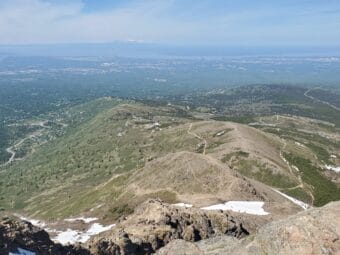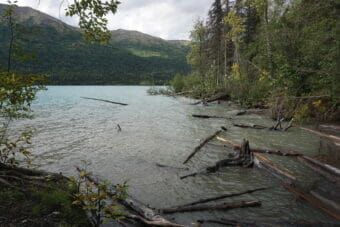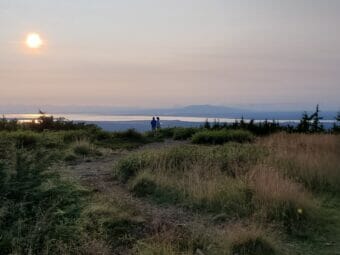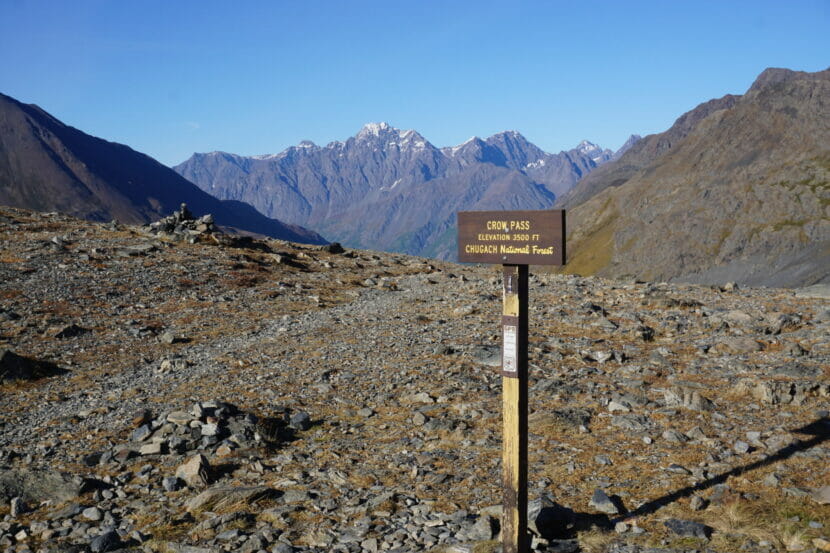
An ambitious project to create a 500-mile network of connected Alaska trails would move a few steps closer to reality if state lawmakers approve funding for selected pieces of it, advocates say.
The Alaska Long Trail project envisions a trail system running from the Gulf of Alaska coastline in Seward to the boreal forest in the Interior part of the state. There are already established trails in the corridor, notably in the Chugach National Forest, Chugach State Park and Denali State Park; the challenge is getting those sections to connect into a vast system similar to the Appalachian Trail on the East Coast and the Pacific Crest Trail on the West Coast.
The nonprofit group Alaska Trails, the organization promoting the Alaska Long Trail project, is seeking about $9.5 million in legislative appropriations in the coming year’s budget for 14 projects from the Anchorage area to Fairbanks.
“We are hopeful that we are able to fund projects up and down the length of the trail,” Haley Johnston, trails initiative manager for the organization, told lawmakers on Monday during a noon “lunch and learn” presentation at the Capitol.
State lawmakers last year approved about $14.7 million in funding for 15 projects, but Gov. Mike Dunleavy’s vetoes whittled the ultimate funding down to $4.2 million for seven projects. The surviving projects were concentrated in Anchorage, while the list of vetoed projects included those in the Matanuska-Susitna Borough and Fairbanks.
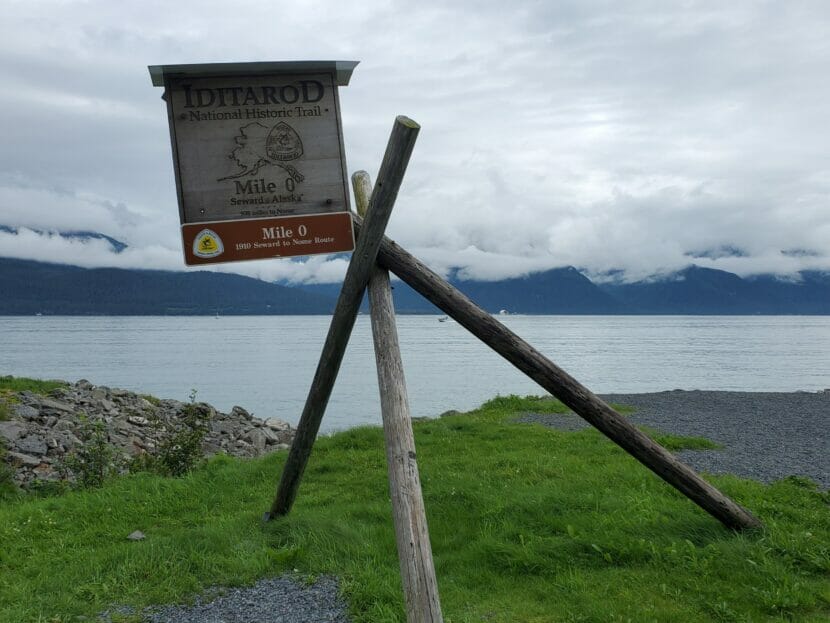
The state is not the only source of money for the trail projects, each of which stand on their own as worthwhile investments, Johnston said. Other sources include the federal government and private foundations, she said. For example, a project that survived Dunleavy’s veto pen, a bridge to replace a hand tram crossing a steep ravine on the Winner Creek trail system in Girdwood, is being paid for by a combination of about $1 million from the state and $550,000 from the Girdwood Valley Service Area within the municipality of Anchorage, Johnston said. The hand tram has been closed since 2019, when there were two serious accidents, one of them fatal. Getting a new crossing at the site is important to Alyeska Resort and other tourism operators in the area, Johnston said. “It’ll reopen a loop which had been closed for a while,” she said.
Federal funding for Alaska Long Trail projects has been important, too, Johnston said. Sen. Lisa Murkowski has been able to secure over $11 million for trails over two fiscal years, plus another $5.5 million in the omnibus bill that passed in December, she said.Of the projects vetoed last year, some wound up with other sources of funding, and some have been resubmitted to the Legislature as requests this year, Haley said.
The organization is “super-grateful for all the funding we received last year,” she said.
She pitched the connected trail system as an economic opportunity that is embraced by the tourism industry and by local communities along the route. The Appalachian Trail, for example, attracts 3 million hikers a year who travel along portions of it, she said.
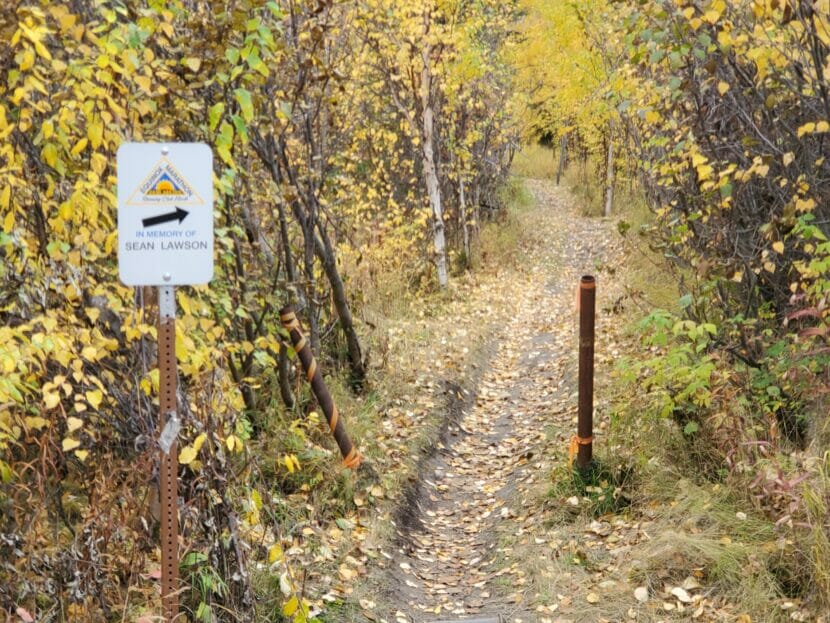
The trail project has other economic benefits, she said. “Sometimes investing in the things that’s, like, keeping young, talented people here in our state, investing in things that get folks to move here that counter that outmigration problem is really cool to see,” she said.
State Sen. Bill Wielechowski, D-Anchorage, is among the fans of the Alaska Long Trail.
“We all know how spectacular Alaska is. This is another opportunity for us to share Alaska’s incredible beauty and our wilderness with the rest of the world,” he said in his introduction to Johnston’s presentation. “It would bring people from all over the world and give them an opportunity to see our great state.”
It is “realistic” to expect the part of the trail from Seward to the Matanuska-Susitna Borough to be completed within about 10 years, Johnston said. The rest will take longer, she said.
This story originally appeared in the Alaska Beacon and is republished here with permission.

